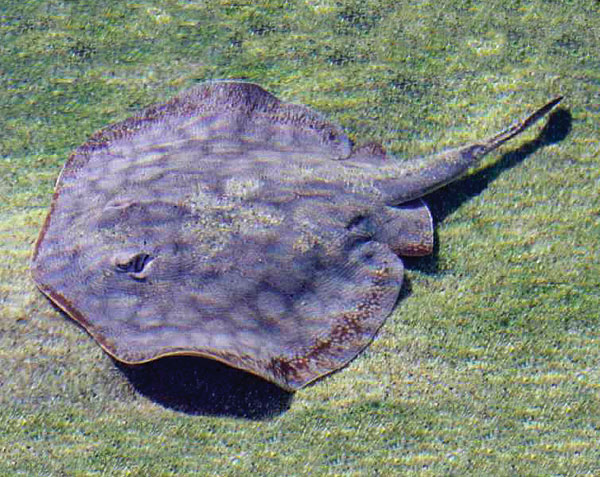 Kady Lyons is a Ph.D. candidate whose research focuses on the intersection of physiology, ecology and toxicology. Her Master’s at Cal State Long Beach with Dr. Chris Lowe got her involved in elasmobranch toxicology. She is interested in how elasmobranchs respond to anthropogenic contaminants and how contaminants can be used as another tool to study ecology. Currently, her Ph.D. is examining how accumulation of these man-made contaminants influences round stingray growth and reproduction. As part of her Master’s work, she began to investigate mercury accumulation and body distribution of mercury, a potent neurotoxin, in elasmobranchs using the round stingray as a model species. She is continuing to work on this project and will be raising funds to finish this research as part of The Experiment’s Sharks Grant Challenge beginning June 8th and running through the Discovery Channel’s Shark Week.
Kady Lyons is a Ph.D. candidate whose research focuses on the intersection of physiology, ecology and toxicology. Her Master’s at Cal State Long Beach with Dr. Chris Lowe got her involved in elasmobranch toxicology. She is interested in how elasmobranchs respond to anthropogenic contaminants and how contaminants can be used as another tool to study ecology. Currently, her Ph.D. is examining how accumulation of these man-made contaminants influences round stingray growth and reproduction. As part of her Master’s work, she began to investigate mercury accumulation and body distribution of mercury, a potent neurotoxin, in elasmobranchs using the round stingray as a model species. She is continuing to work on this project and will be raising funds to finish this research as part of The Experiment’s Sharks Grant Challenge beginning June 8th and running through the Discovery Channel’s Shark Week.
Mercury concentrations in the earth’s atmosphere have significantly increased with human activities such as mining and fossil fuel burning. Mercury can be transformed into its more dangerous form (methylmercury) and this form is what becomes concentrated in animals’ tissues. For animals that occupy higher positions in the food web such as elasmobranchs (sharks, skates and rays), mercury can bioaccumulate to high levels due to their long life and carnivorous behavior.
Read More “Help crowdfund shark research: Quick(silver?) stingrays” »
